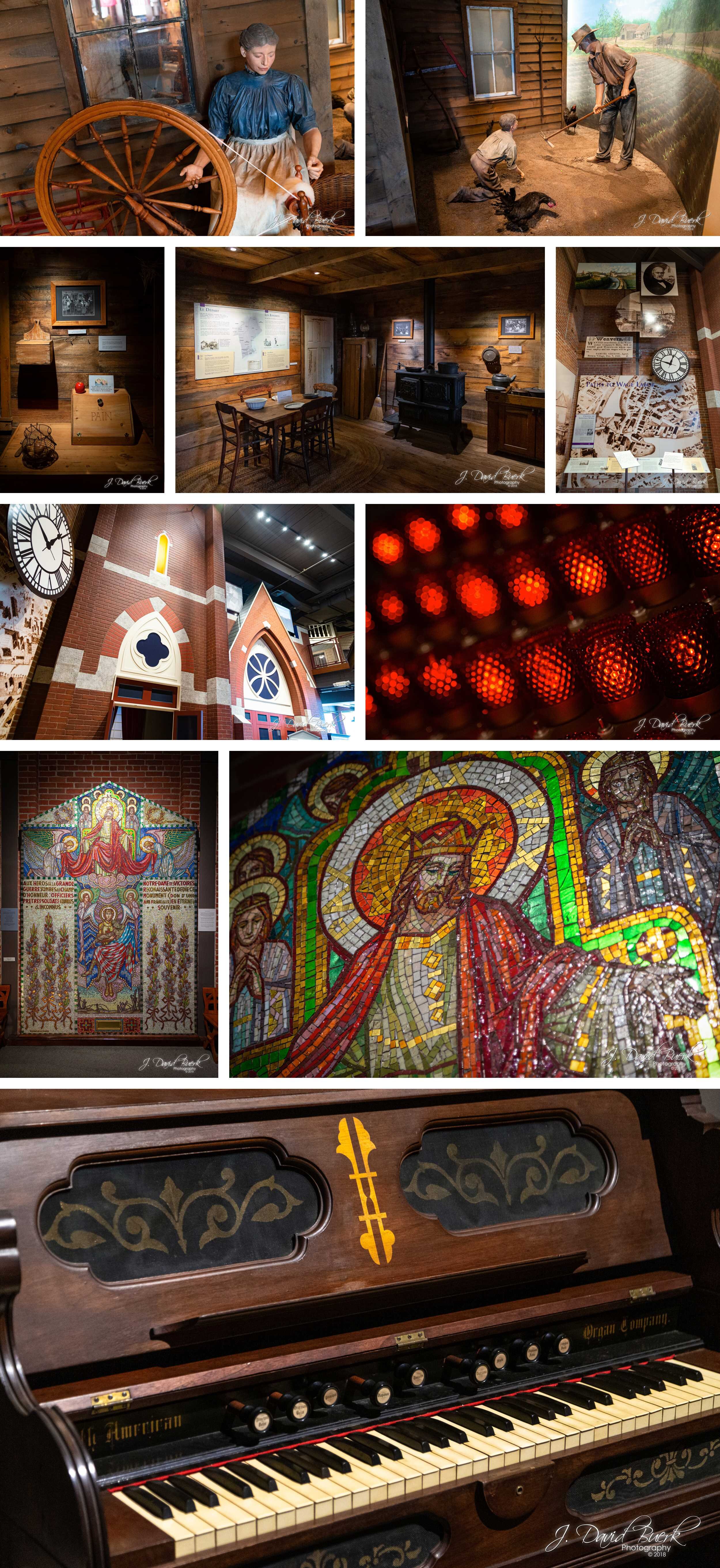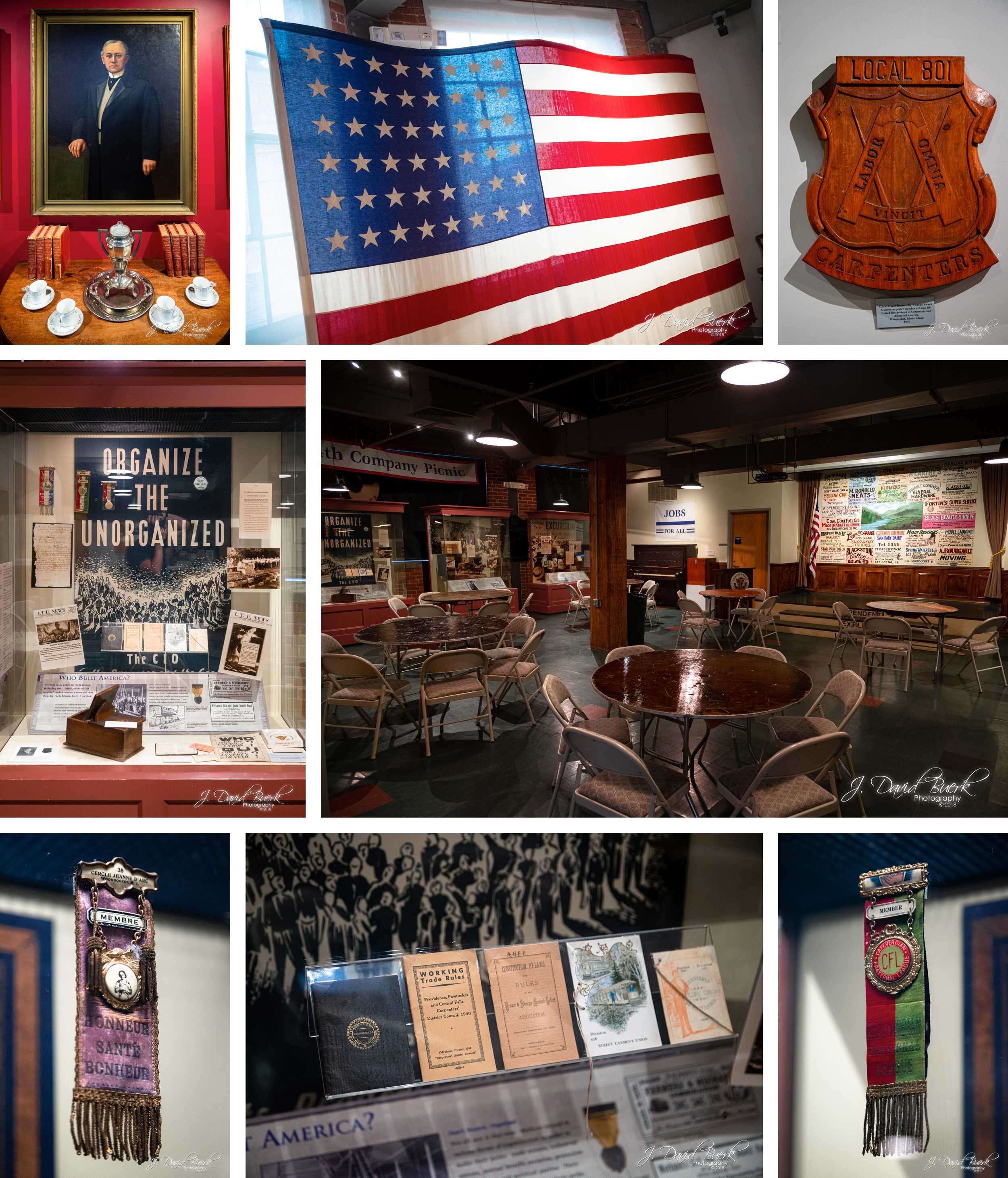Foreward in 2021
These photos in this post are from 2018; long before SARS-CoV-2 was a concern or worldwide problem.
As with the photos I recently posted from my 2017 trip to Rhode Island, the following is a collection of photos shot in 2018 which I’ve had in my personal backlog to edit and write about for several years. I only recently finished editing and composing this post alongside others from the same trip due to the sheer volume of images.
Museum of Work and Culture
In 2018, I went on a roadtrip to visit with my friend Alyssa and explore more of her home state of Rhode Island. I’ve been several times before, but as with any trip to a place you’ve been before, you discover something new every time. This time, one of those discoveries was the Museum of Work and Culture, a Smithsonian affiliate museum in Alyssa’s hometown.
After hearing about The Museum of Work and Culture for years after multiple visits to Woonsocket, I made sure to devote a morning to give it a full runthough. This seemed to surprise the small staff there, as I was the only person there the entire time I went, and on my way out the door several hours later the front desk attendant commented, “Oh, wow, I thought you’d left already!” It may not be the most popular, but this Smithsonian affiliate museum is home to a ton of Rhode Island and New England history.
The Museum of Work and Culture shares the history of French-Canadian and Québécois immigrants who traveled to New England in the late 19th century at the end of the industrial revolution, where Rhode Island had a large textile industry. As a result of the mass migration to New England, Rhode Island still to this day has an abundant French heritage; in fact, to this day, Woonsocket, where the museum is located, has the largest concentration of French and French-Canadian population in the US, dubbing itself La ville la plus française aux États-Unis, meaning “the most French city in the United States.”
Visible through out the museum windows is the Blackstone River, one of the dams utilized by the surrounding textile industry, and some of the few remaining mill buildings that have mostly been converted into apartments.












































































